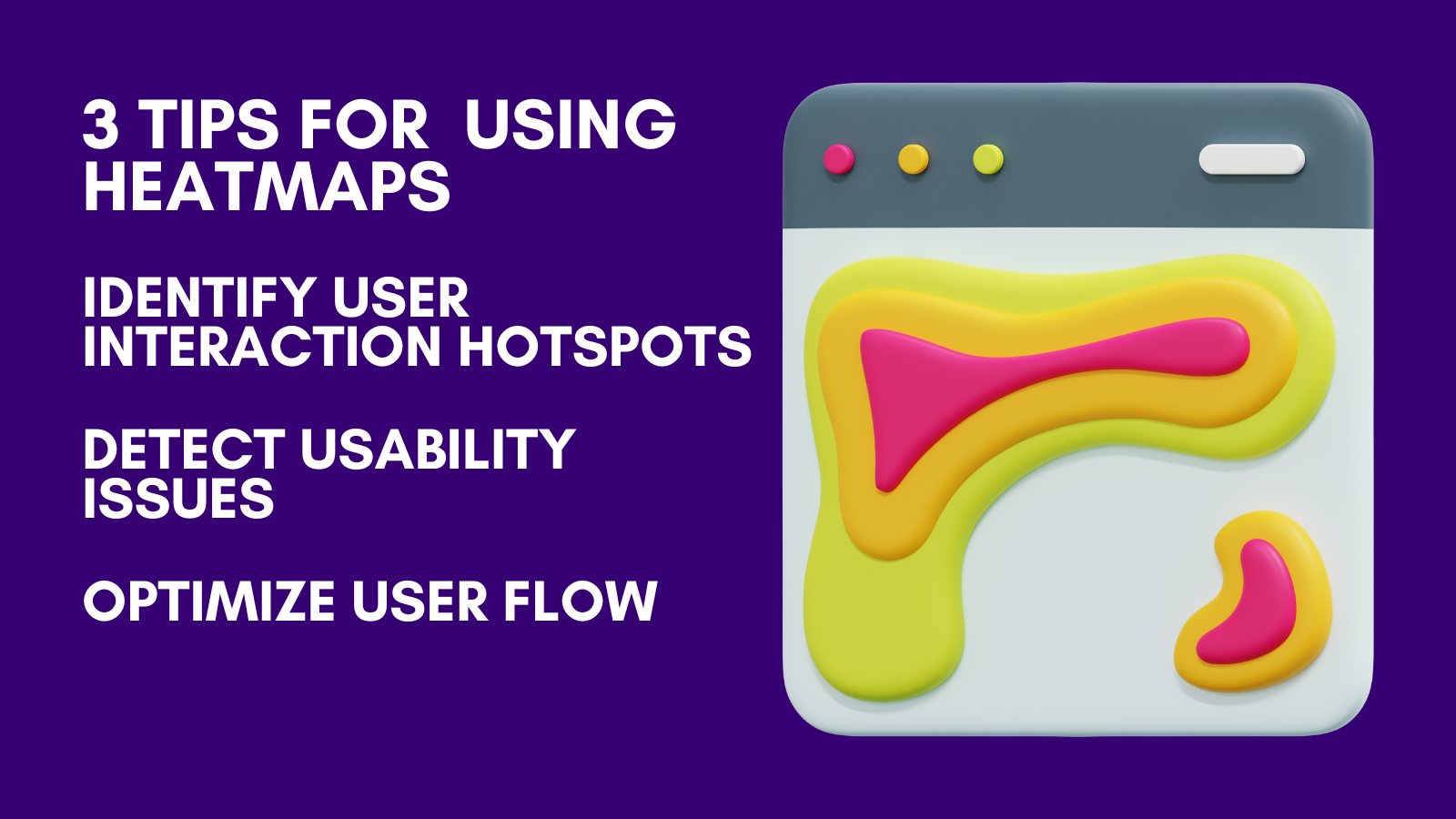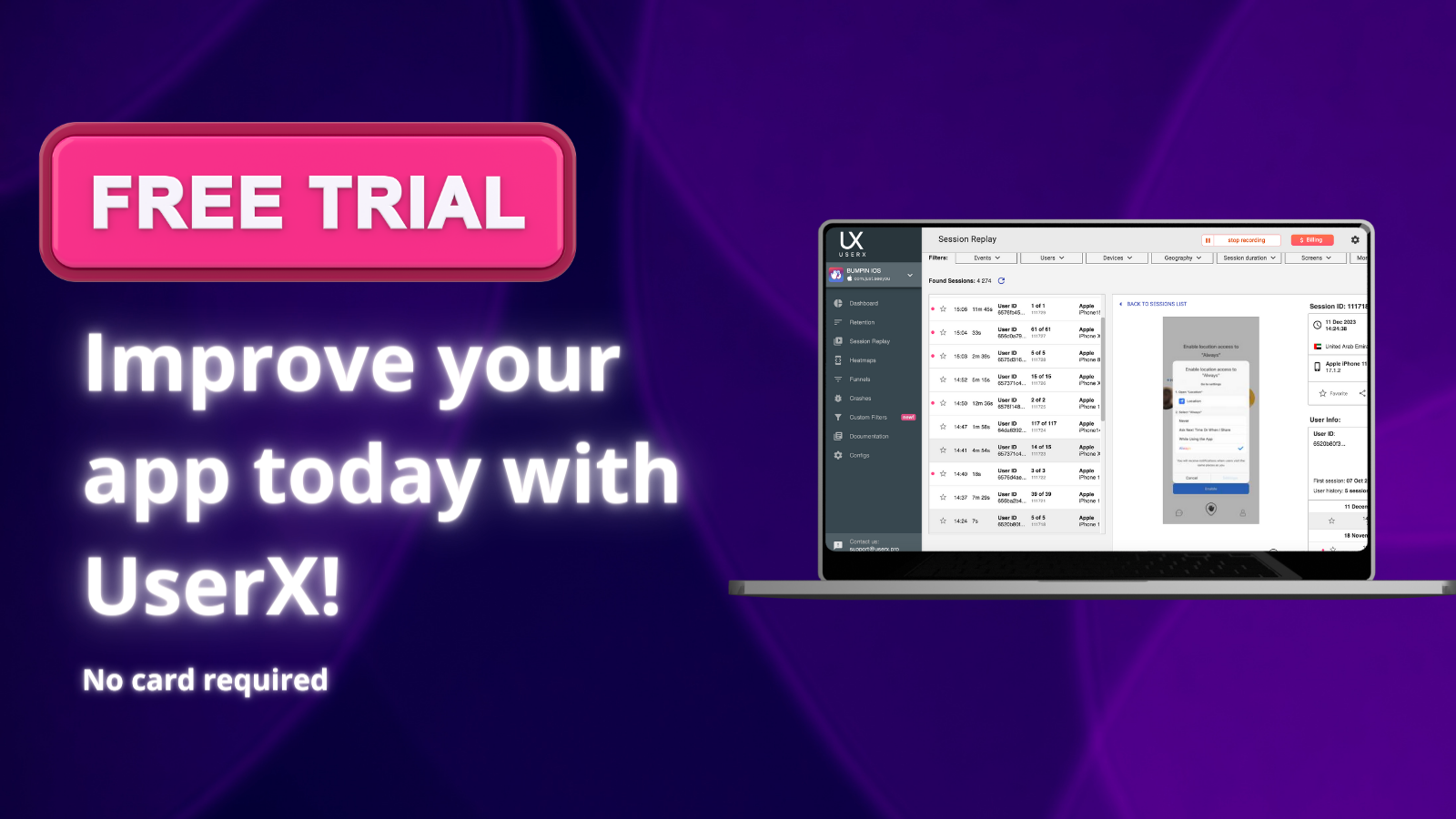Table of Contents
Introduction
How often do you ponder the reasons behind user exits on your mobile app? A striking 55% of users spend less than 15 seconds on a webpage, highlighting a critical need for understanding user behavior in digital spaces. Heatmap app analytics steps in as a revolutionary solution. This tool, encompassing mobile user heatmap analytics and heat mapping for mobile user behavior, offers a visual map of user engagement on apps. It illuminates areas of high interaction, pinpoints usability issues, and reveals user preferences. Integrating these insights allows developers to craft apps that are not only engaging and user-friendly but also successful in retaining user attention.
Understanding Heatmap Analytics
Heatmap analytics, especially in the realm of mobile apps, is a powerful tool that visually represents data to show how users interact with an application. By employing heatmap mobile analytics, developers and designers can see exactly where users are clicking, swiping, and spending time on their apps. This form of analysis, which includes mobile interaction heatmap analysis and smartphone app heatmap insights, offers a wealth of benefits. It allows for a deeper understanding of user behavior, highlighting the areas of the app that attract the most attention and engagement. These insights are critical for optimizing app layouts, improving user interfaces, and enhancing overall app performance. Heatmaps go beyond traditional analytics by providing a visual story of user activity, making them an indispensable tool for any app looking to refine user experience and increase user satisfaction.

Enhancing User Experience with Heatmaps
Heatmaps are instrumental in elevating the user experience and refining app design. By visually representing user interactions, heatmaps provide a clear picture of user engagement. Here are key ways heatmaps improve user experience:
- User Behavior Insights:
- Identify most interacted areas.
- Understand user navigation paths.
- Design Optimization:
- Highlight elements that attract attention.
- Pinpoint underutilized features for redesign.
- Enhancing Usability:
- Reveal usability issues through user interaction patterns.
- Inform adjustments for a smoother user experience.
- Data-Driven Decisions:
- Validate design decisions with empirical data.
- Prioritize changes based on user interaction.
With user experience heatmaps in mobile apps and mobile app heatmap data visualization, developers can transform user insights into tangible design improvements, ultimately creating more intuitive and user-friendly applications.
UserX's Heatmap Analytics in App Development
UserX's heatmap analytics tools are a game-changer in app development, offering deep insights into user interactions:
- Touch Heatmap Analysis:
- Captures touch gestures: Taps, swipes, pinches.
- Visualizes interactions on each app screen for intuitive understanding.
- Identifying Unresponsive Gestures:
- Detects areas where user gestures yield no response.
- Helps in pinpointing user frustration, guiding immediate improvements.
- Engagement Metrics:
- Tracks key user metrics: Screen opens, average usage time.
- Offers a comprehensive view of user engagement levels.
- Detailed User Journey Analysis:
- Screen Flows feature for mapping the user journey.
- Provides insights into user navigation patterns within the app.
Incorporating these features into the app development process can significantly enhance user experience and app functionality. By leveraging UserX's heatmap analytics, developers gain valuable insights into user behavior, making it easier to create more user-centric and successful apps.
For more details on UserX's heatmap analytics, visit heatmap tool page.

Implementing Heatmap Analytics in Mobile Apps
Integrating heatmap analytics into mobile apps is a strategic move that can significantly enhance app usability and user experience. Here's a guide to effectively implementing this technology:
- Selecting the Right Tools:
- Choose heatmap analytics tools tailored for mobile apps, like those offering heatmap analytics for smartphone apps.
- Ensure compatibility with your app's platform and tech stack.
- Integration Process:
- Follow the tool's integration guidelines for embedding it into your app's code.
- Consider using SDKs (Software Development Kits) for a seamless integration.
- Setting Objectives:
- Define clear objectives for what you want to achieve with heatmap analytics, like understanding user navigation patterns or identifying UI issues.
- Data Tracking and Analysis:
- Utilize features like mobile session heatmap tracking to gather data on user interactions.
- Regularly analyze this data to identify patterns and areas for improvement.
- Best Practices:
- Ensure data privacy and user consent, especially when collecting user interaction data.
- Continuously test and iterate based on heatmap insights to refine the user experience.
- Actionable Insights:
- Use the insights from heatmaps to make informed decisions about UI/UX changes.
- Focus on enhancing areas with high user interaction and improving or removing underperforming elements.
By following these steps, developers can effectively implement heatmap analytics in their mobile apps, leading to a deeper understanding of user behavior and an enhanced overall user experience.
Conclusion
Heatmap analytics have become an indispensable tool in app development, offering profound insights into user behavior and interaction. By visually representing user data, heatmaps allow developers to fine-tune user interfaces, enhance usability, and create more engaging app experiences. This advanced analytical approach not only helps in identifying areas for improvement but also in understanding user needs and preferences, leading to more intuitive and successful mobile applications. In essence, heatmap analytics are pivotal in bridging the gap between user expectations and app functionality.
FAQ
What Are Heatmap Analytics?
- Heatmap analytics are visual tools used in app development to track and display user interactions like clicks, taps, and scrolls. They help in understanding how users engage with different areas of an app.
Why Are Heatmap Analytics Important in App Development?
- Heatmap analytics are important because they provide insights into user behavior, helping developers optimize app layouts, improve navigation, and enhance overall user experience.
How Can Heatmap Analytics Improve User Experience?
- By identifying hotspots of user activity and areas of neglect, heatmap analytics guide developers to make data-driven improvements, leading to a more intuitive and satisfying user experience.
Can Heatmap Analytics Be Used for All Types of Apps?
- Yes, heatmap analytics are versatile and can be used across various types of apps, including e-commerce, gaming, and educational apps, to understand and improve user interactions.
What Information Do Heatmaps Provide About User Behavior?
- Heatmaps provide information about where users are most engaged in the app, where they click, how far they scroll, and which areas they ignore, offering a visual representation of user interaction patterns.



